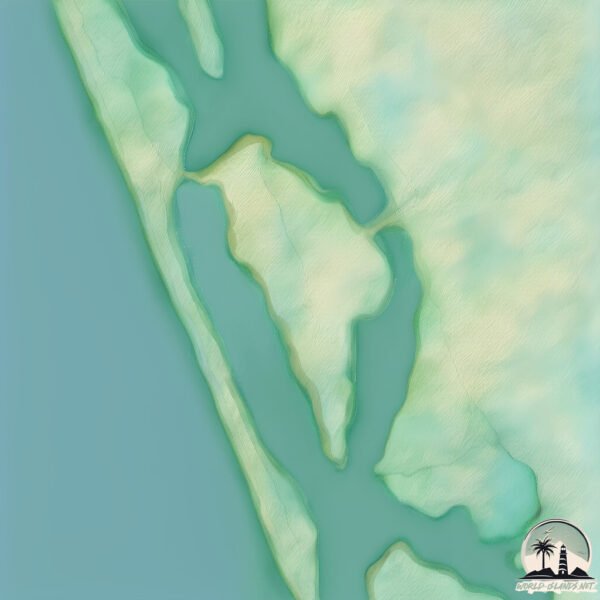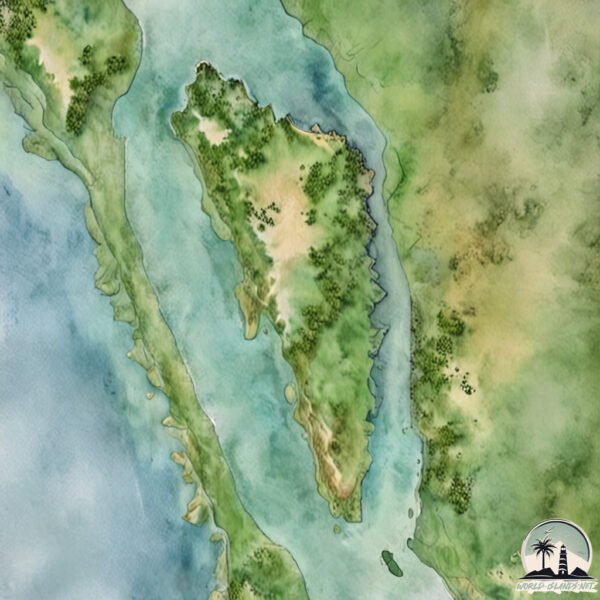Edayilekkadu


Welcome to Edayilekkadu, a Tropical island in the Laccadive Sea, part of the majestic Indian Ocean. This guide offers a comprehensive overview of what makes Edayilekkadu unique – from its geography and climate to its population, infrastructure, and beyond. Dive into the details:
- Geography and Size: Explore the island’s size and location.
- Climate and Weather: Weather patterns and temperature.
- Topography and Nature: Uncover the natural wonders of the island.
- Infrastructure and Travelling: Insights on reaching, staying, and making the most of your visit.
- News and Headlines: Latest News.
Geography and size of Edayilekkadu
Size: 1.313 km²
Coastline: 6.5 km
Ocean: Indian Ocean
Sea: Laccadive Sea
Continent: Asia
Edayilekkadu is a Small Island spanning 1.3 km² with a coastline of 6.5 km.
Archipel: –
Tectonic Plate: Burma – Also known as the Burma Plate, it’s a minor tectonic plate in Southeast Asia, largely covering Burma (Myanmar) and parts of the Indian Ocean. It’s involved in the subduction process under the Eurasian Plate, contributing to seismic activity in the region.
The geographic heart of the island is pinpointed at these coordinates:
Latitude: 12.13385665 / Longitude: 75.1563381
Climate and weather of Edayilekkadu
Climate Zone: Tropical
Climate Details: Tropical Monsoon Climate
Temperature: Hot
Climate Characteristics: Characterized by heavy rainfall, high humidity, and uniformly high temperatures, but with a distinct short dry season. It features a seasonal reversal of prevailing wind directions.
Topography and nature of Edayilekkadu
Timezone: UTC+05:30
Timezone places: Asia/Kolkata
Max. Elevation: 7 m
Mean Elevation: 6 m
Vegetation: Open Woodland
Tree Coverage: 68%
The mean elevation is 6 m. The highest elevation on the island reaches approximately 7 meters above sea level. The island is characterized by Plains: Flat, low-lying lands characterized by a maximum elevation of up to 200 meters. On islands, plains are typically coastal lowlands or central flat areas.
Dominating Vegetation: Open Woodland
Characterized by sparsely distributed trees with open canopy allowing sunlight to penetrate, supporting grasses and shrubs underneath. Often found in drier or transitional environments. Edayilekkadu has a tree cover of 68 %.
Vegetation: 4 vegetation zones – Diverse Island
Four distinct vegetation zones mark these islands as ecologically diverse. They might feature varied landscapes such as forests, beaches, grasslands, and rocky areas. Such diversity reflects the island’s complex ecological interactions and varied habitats, which can support a rich array of wildlife and plant species.
Infrastructure and Travelling to Edayilekkadu
Does the island have a public airport? no.
There is no public and scheduled airport on Edayilekkadu. The nearest airport is Kannur International Airport, located 49 km away.
Does the island have a major port? no.
There are no major ports on Edayilekkadu. The closest major port is AZHIKAL (AZHIKKAL), approximately 28 km away.
The mean population of Edayilekkadu is 653 per km². Edayilekkadu is Densely Populated. The island belongs to India.
Continuing your journey, Ramanthali is the next notable island, situated merely km away.
India is classified as Emerging region: BRIC: Brazil, Russia, India, and China – Economies noted for their rapid growth and increasing influence on global affairs. The level of income is Lower middle income.
News – Latest Updates and Headlines from Edayilekkadu
Stay informed with the most recent news and important headlines from Edayilekkadu. Here’s a roundup of the latest developments.
Please note: The data used here has been primarily extracted from satellite readings. Deviations from exact values may occur, particularly regarding the height of elevations and population density. Land area and coastline measurements refer to average values at mean high tide.
